Why quiet luxury is on the rise in China: Barbie might have sparked the loud luxury fashion trend, but the nation’s richest are all about the Succession-esque old-money style
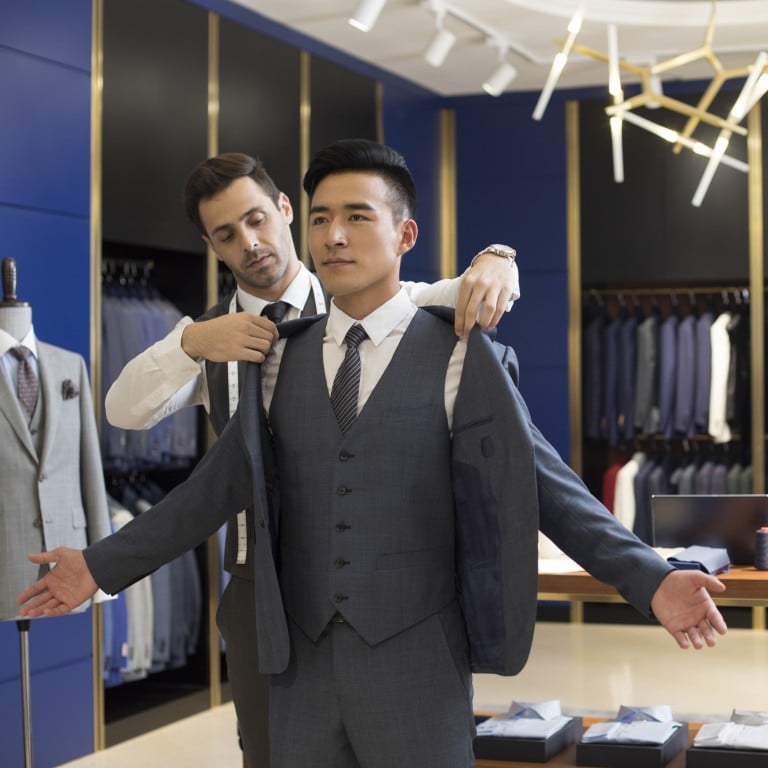
First, people respect the silken clothes. Then, they respect the man.
For generations, that’s been a popular saying in China: 先敬罗衣后敬人. It translates to a simple lesson for everyone who wants to be wealthy – or at least look the part.
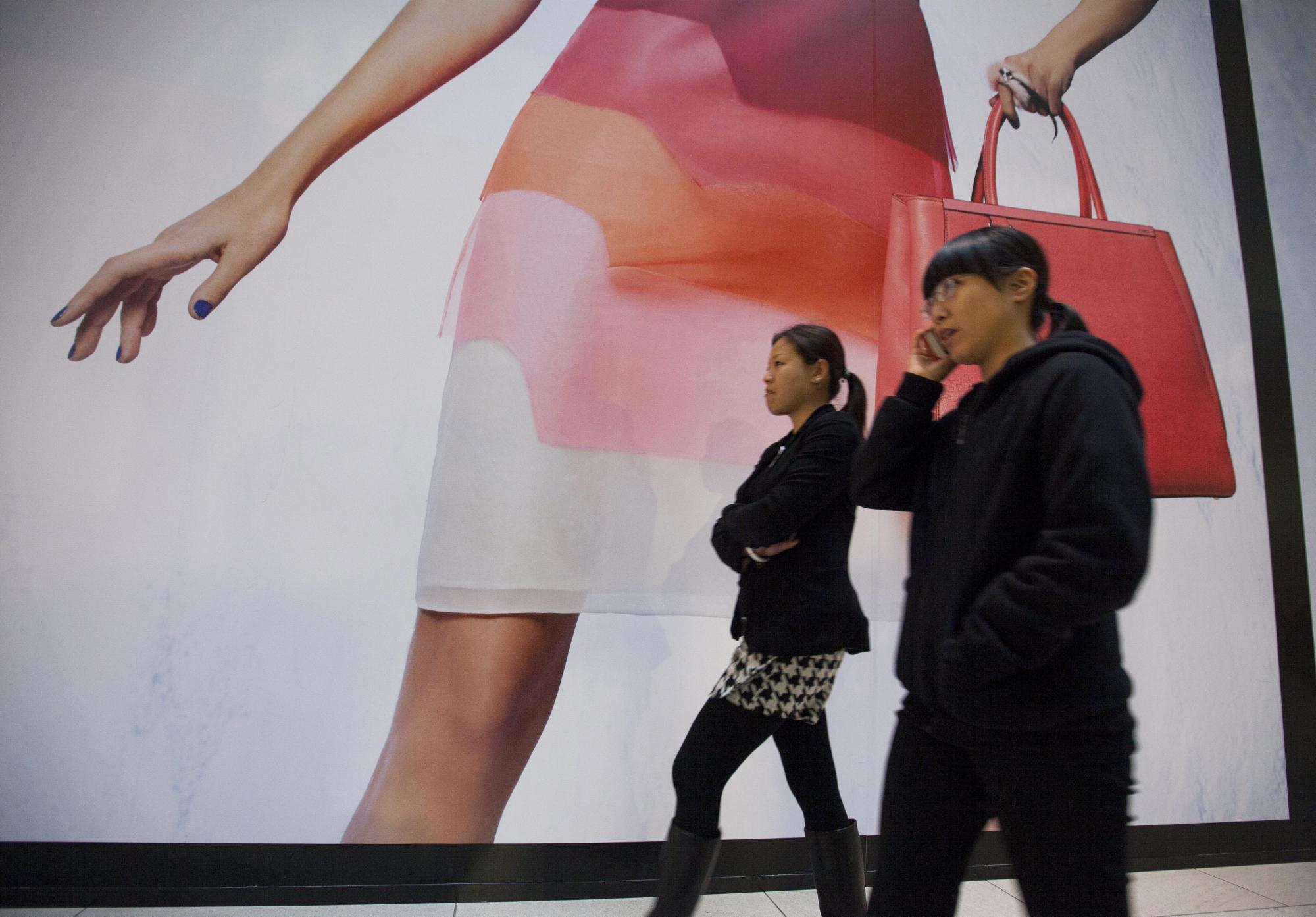
Should I invest in luxury fashion amid inflation? Here’s what to consider
The rules are simple. No head-to-toe Gucci. No loud colours, no all-over Louis Vuitton print. The logic is, you wouldn’t wear anything that you’d see in Crazy Rich Asians or Netflix’s Bling Empire. And, per Tom Wambsgans of Succession, small, unassuming pouches only, because carrying a “ludicrously capacious” bag is out of the question.
Decoding “laoqian” style
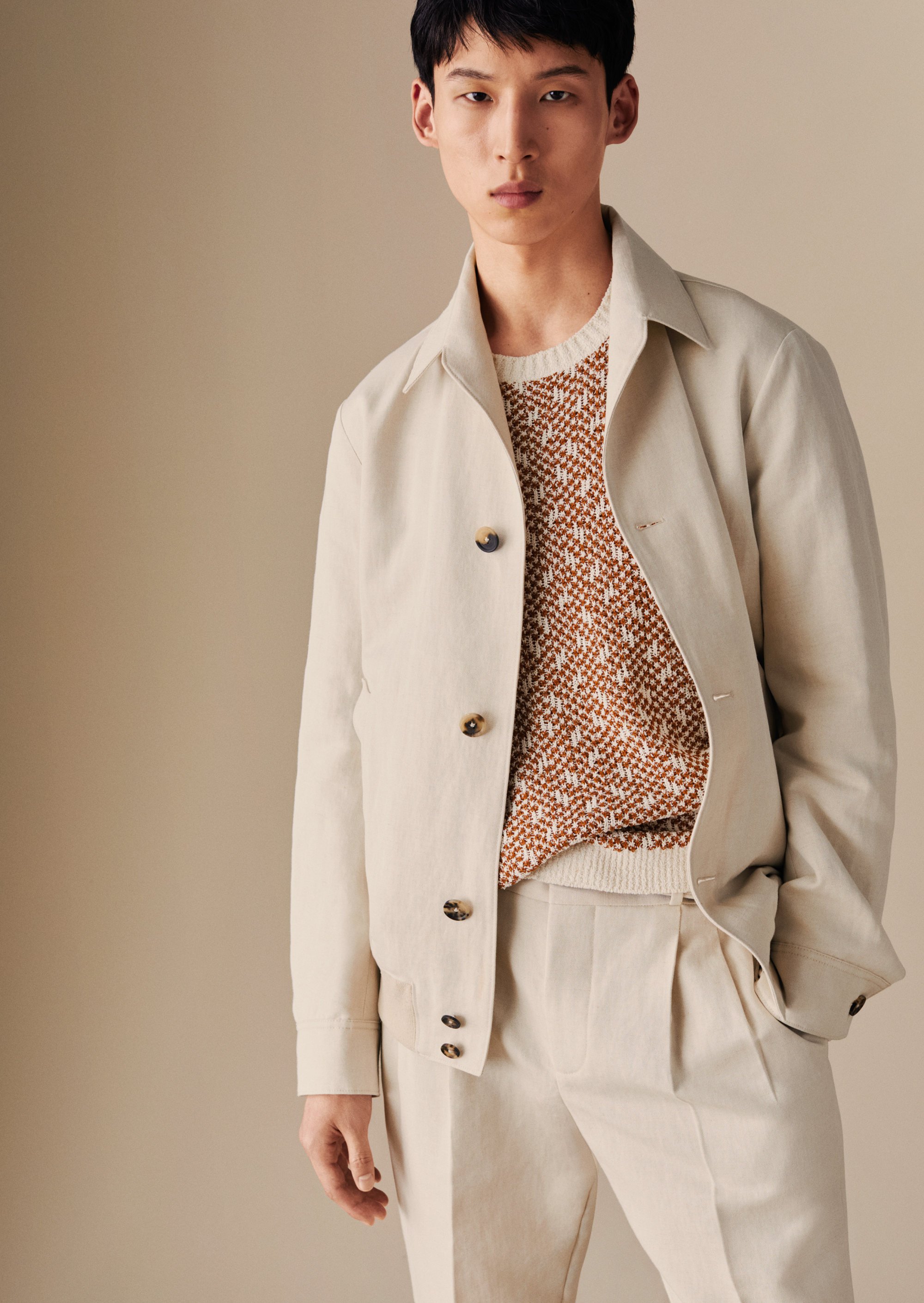
To understand style and money in China, there are three terms you need to be familiar with: laoqianfeng, xinqianfeng and tuhao.
To start, what flavour of rich you are in China is coded into your very person, from the clothes you wear, to the way your hair and skin looks. In attempting to craft your image in the style of laoqianfeng – similar to what the West calls the old-money aesthetic – you must appear well-nourished and put-together, but natural and understated enough to look like you’ve done absolutely nothing to achieve effortless grace. And for xinqianfeng, or the new-money aesthetic, you leave it to your clothes to announce you’ve arrived at a certain level of wealth, with as much flash and glitter as possible.

Jeff Bezos’ fiancée Lauren Sánchez embraces ‘loud luxury’ yacht fashion
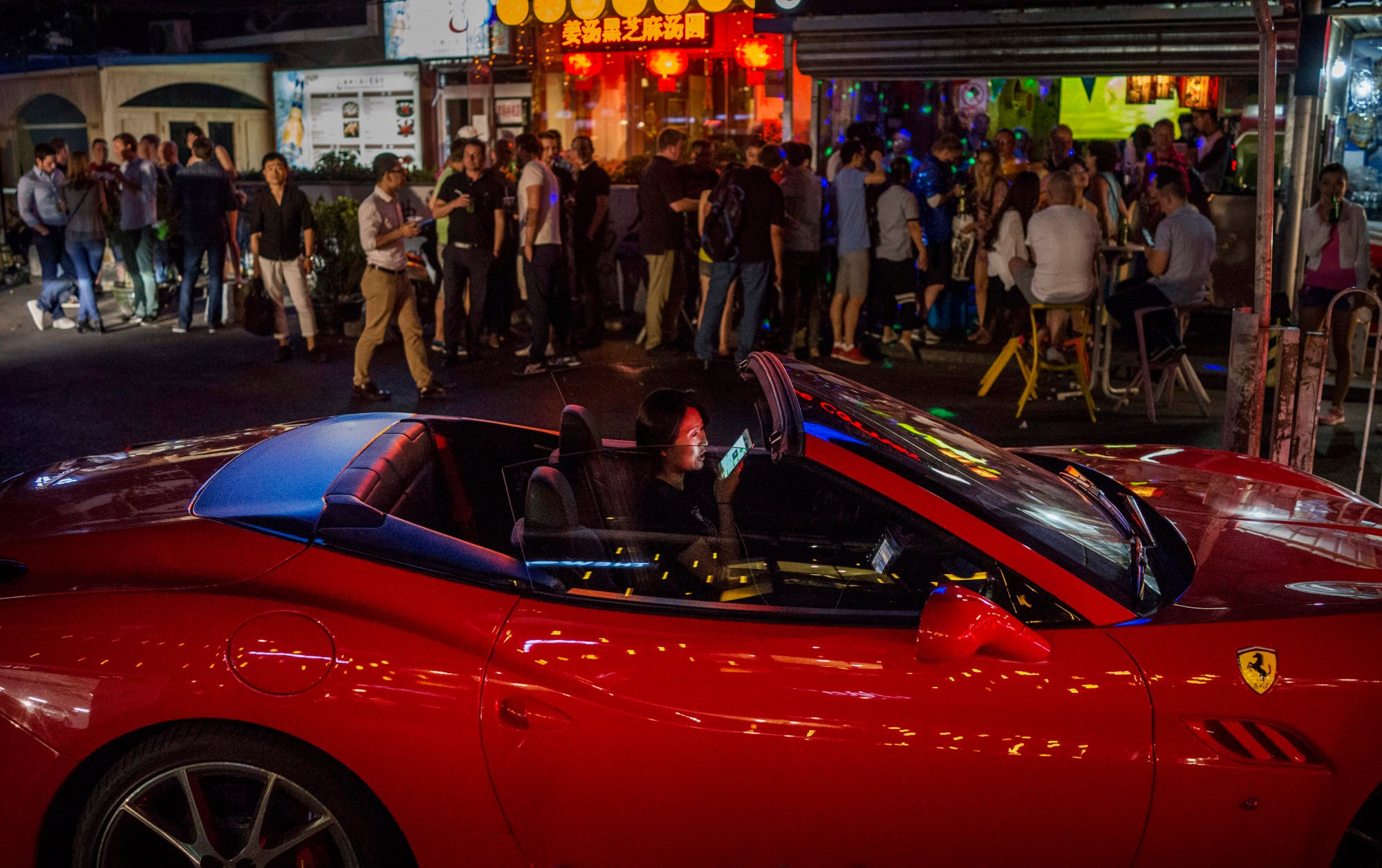
And then there are the tuhao, a term that loosely translates to “crass rich” – local moneyed men with garish clothes, revving their red sports cars as they fly by people trundling along in modest sedans.
Loud luxury is out – and here’s why

In a similar vein to the US and Europe – the “quiet luxury” aesthetic has emerged as a reaction to the economic climate. With the economy slowing and the country facing a 20 per cent youth unemployment rate, it’s not a good look for the rich to be splashing their wealth right now.
Why Marry My Dead Body’s Greg Han is Asia’s hottest rising star right now
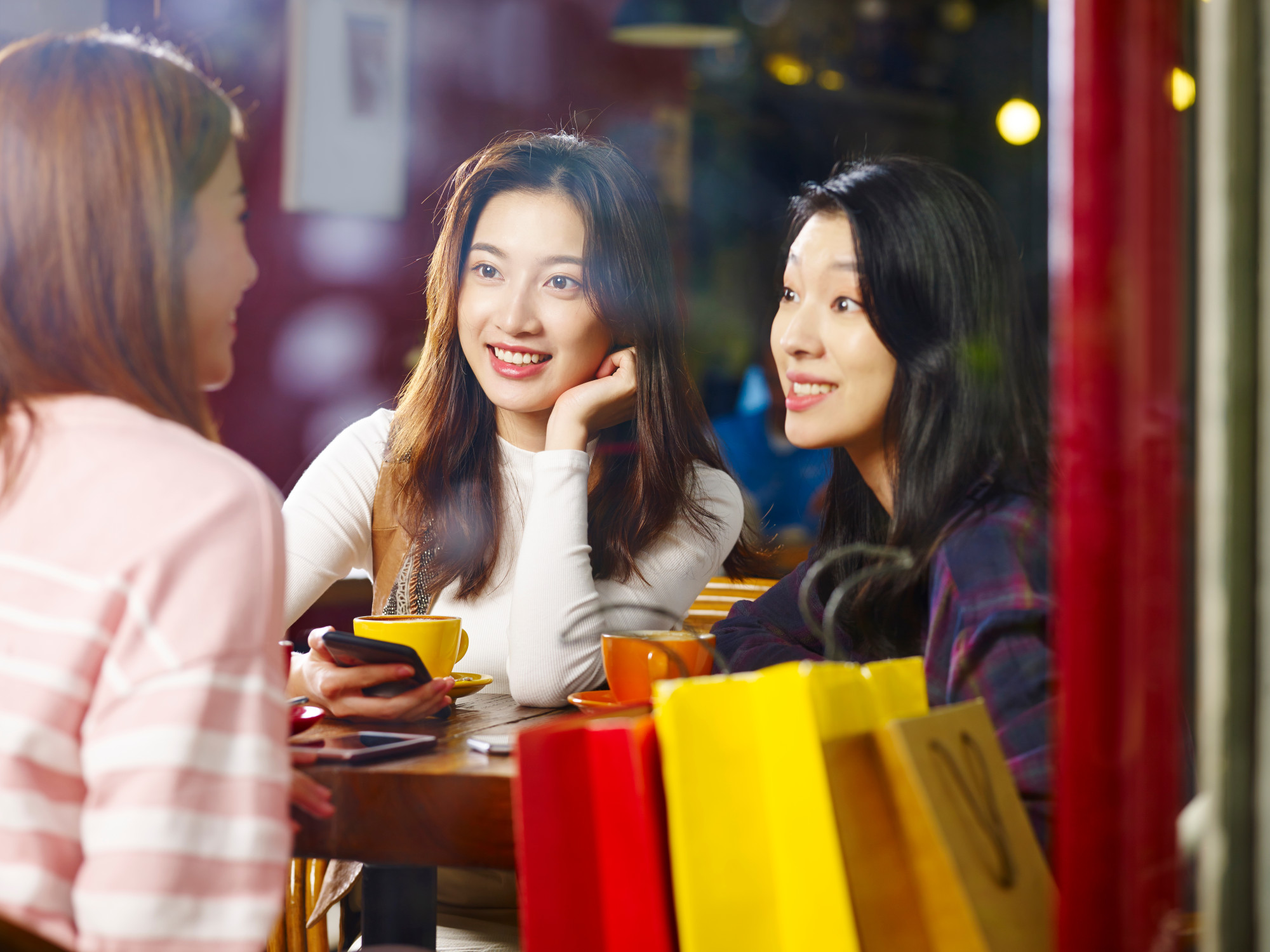
And this crowd – who are no longer luxury newbies – increasingly have a preference for less flashy logos, he said.
Stealth wealth allows the rich to toe the party line in Xi Jinping’s China
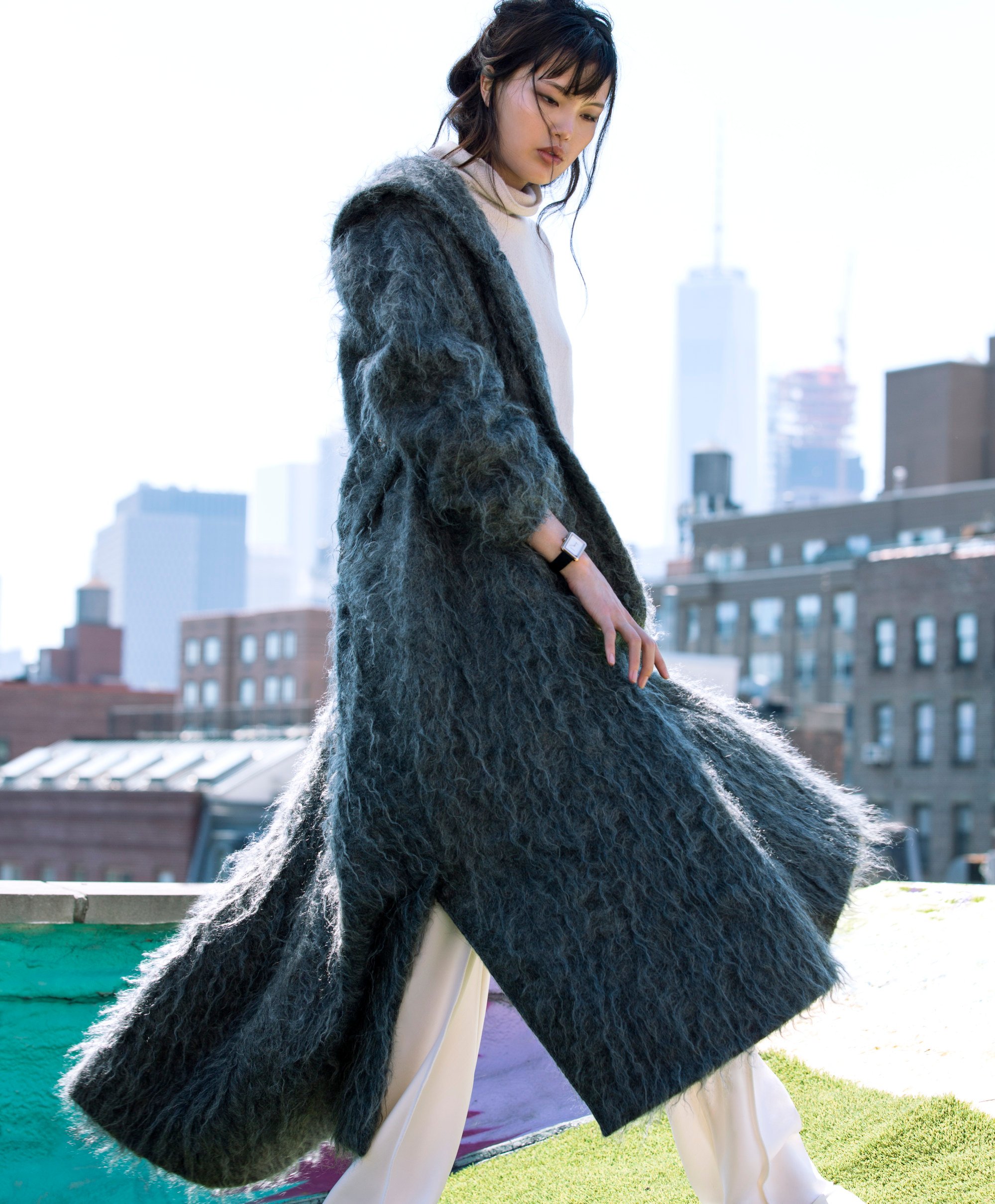
Make no mistake: the surge in interest in quiet luxury doesn’t just stem from a modern, Western-inspired impulse to look like old-money Americans. It’s social capital, but it’s also a product of a particular moment in China, a confluence of political and social factors precipitated by Chinese leader Xi Jinping’s push for a “common prosperity”.
How to rock billionaire style as seen at the Sun Valley conference
China has long had an uneasy relationship with the pursuit of luxury goods and an affluent lifestyle. The government has spent over a decade discouraging ostentatious displays of affluence. Back in 2011, the authorities started banning billboards with terms such as “luxury” and “high class” in Beijing. A year later, China banned civil servants from accepting expensive gifts or using public funds to host extravagant dinners.

That extended to the government’s oversight over social media. In 2021, China’s version of TikTok, Douyin, said it deleted thousands of accounts and videos involving excessive displays of wealth, also known in Chinese as “xuanfu”. Some of these videos involved users showing off exorbitant amounts of cash and luxury items like watches and the keys to flashy cars.
This push for a more austere approach to living even inspired some businesses to find new ways to stay on the straight and narrow and avoid incurring the wrath of the Chinese authorities. Chinese financial firms, for example, are now instructing their employees to refrain from wearing branded clothes or carrying luxury bags to the office.
Chinese social media’s got quiet luxury down to a science
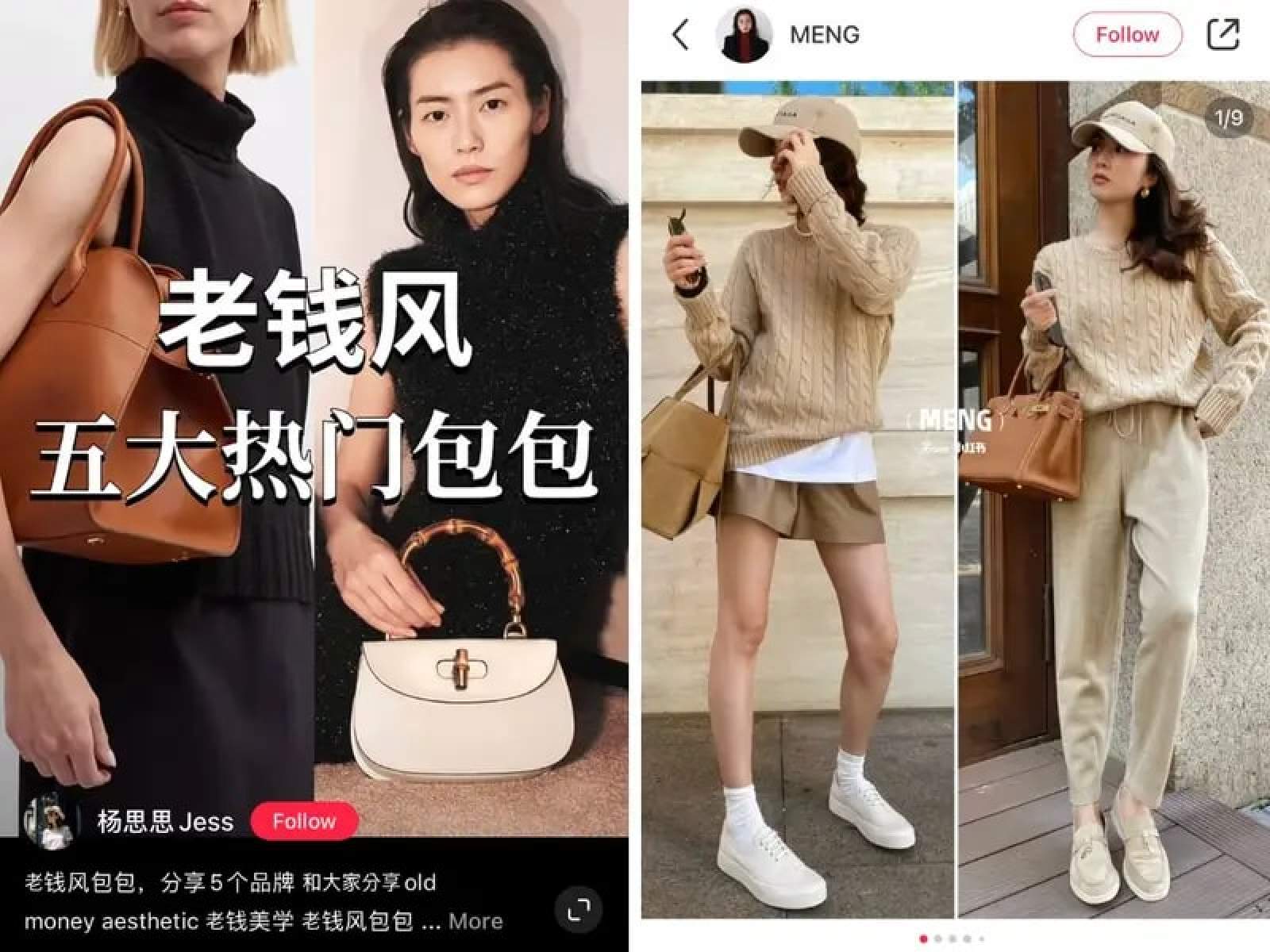
People have posted tutorials and photos on the laoqian style on China’s Pinterest-like site, Xiaohongshu.
To be sure, there’s being rich and looking rich, and the latter is where it’s at on Chinese social media. People have spent hours dissecting and analysing the traits and nuances of the laoqian style on China’s Twitter-like platform Weibo, decoding the tips and tricks necessary to achieve the perfectly coiffed air of casual luxury.
8 luxury bags made famous in films and TV shows, from Mean Girls to SATC
It would be an understatement to say people are captivated – posts with the laoqian hashtag have been viewed a collective 1.67 million times on the platform, at the time of writing. This summer, interest in the hashtag has been surging again, spiking as influencers roll out new ideas on how best to achieve the laoqian look.
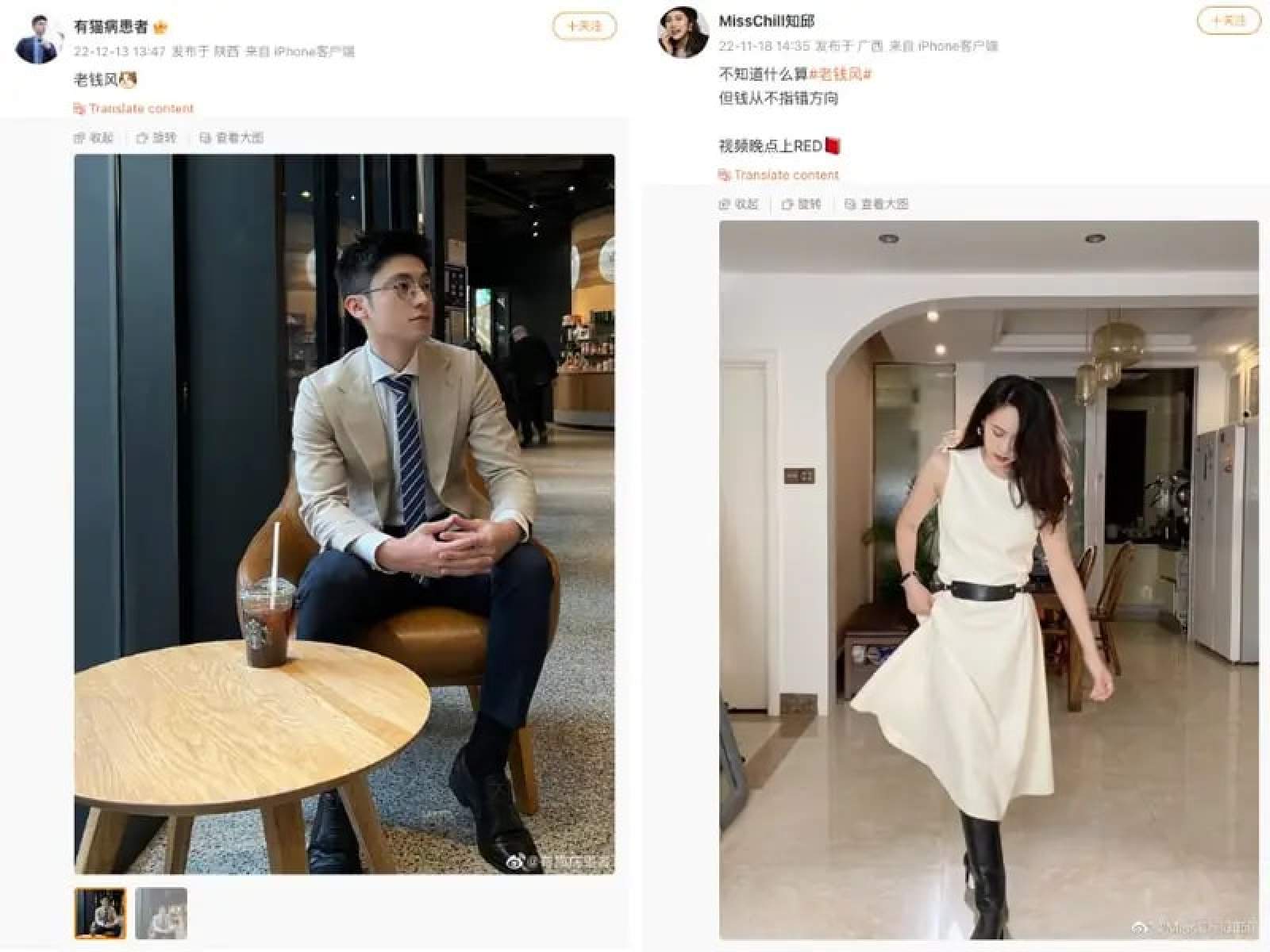
What all the influencers’ looks have in common are the muted tones they come in. The styles are simple, with an emphasis on how the garment hangs on a person, and pieces come in solid colours like cream, brown or black – not unlike the Western interpretation of the old-money aesthetic.
They’re everywhere on Weibo: seemingly well-heeled individuals uploading snaps of themselves in garments that they think best represent what the aesthetic should look like.
Some influencers have also uploaded video tutorials on the laoqian style, to guide people on how best to dress for success.
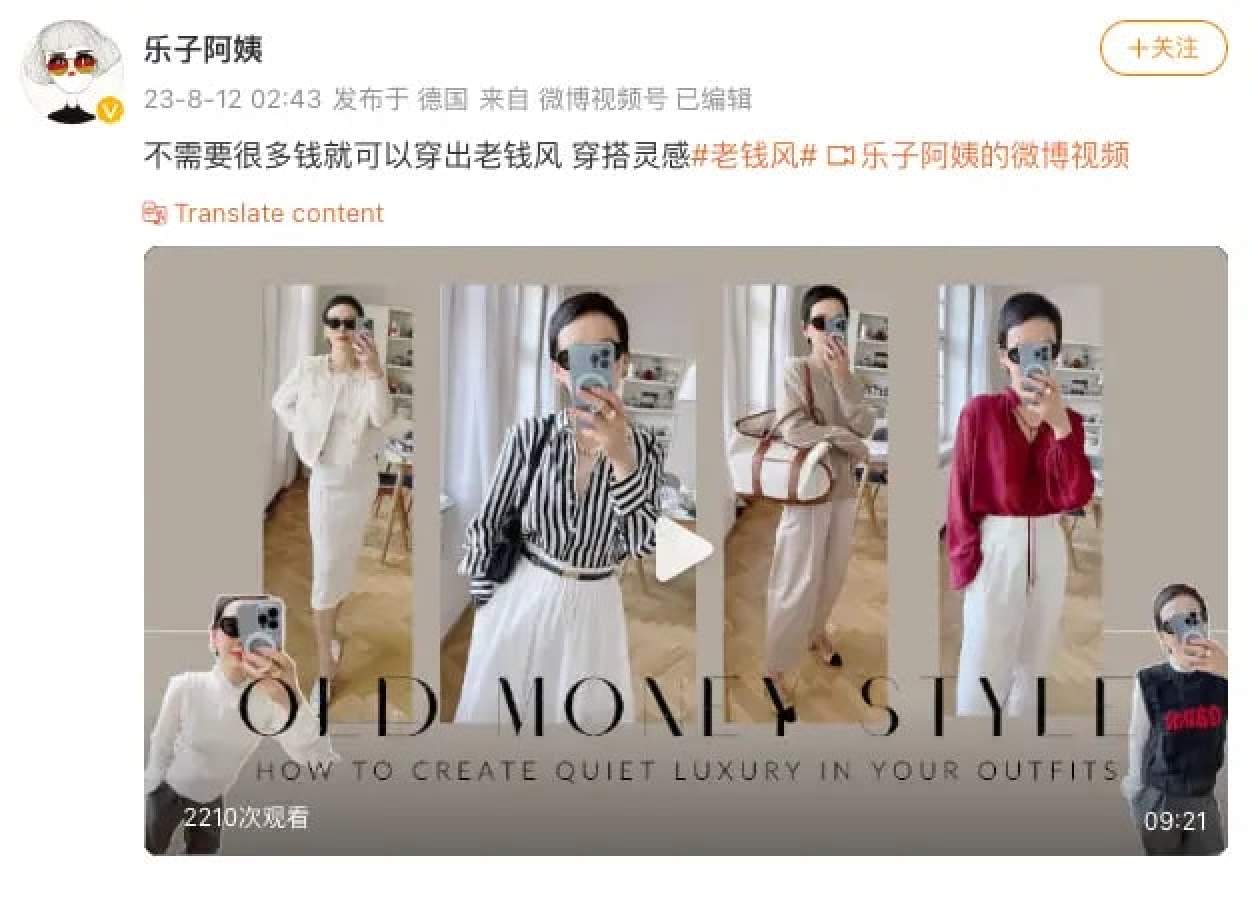
Video tutorials on the laoqian style can be found on Weibo as well.
“Their dressing style is more understated and reflects a calmer temperament. Those who come from old money pay more attention to the details of dressing,” read one Weibo post on laoqianfeng.
Meet Naran, the model-actress rising to fame in the legendary role Su Daji
Another person said on Weibo that adopting laoqianfeng is a marker of exquisite taste and good standing in Chinese society. “If you lack taste or style, then you’ll never ever be considered high class,” she said.
The old-money aesthetic will hand some brands big wins in China
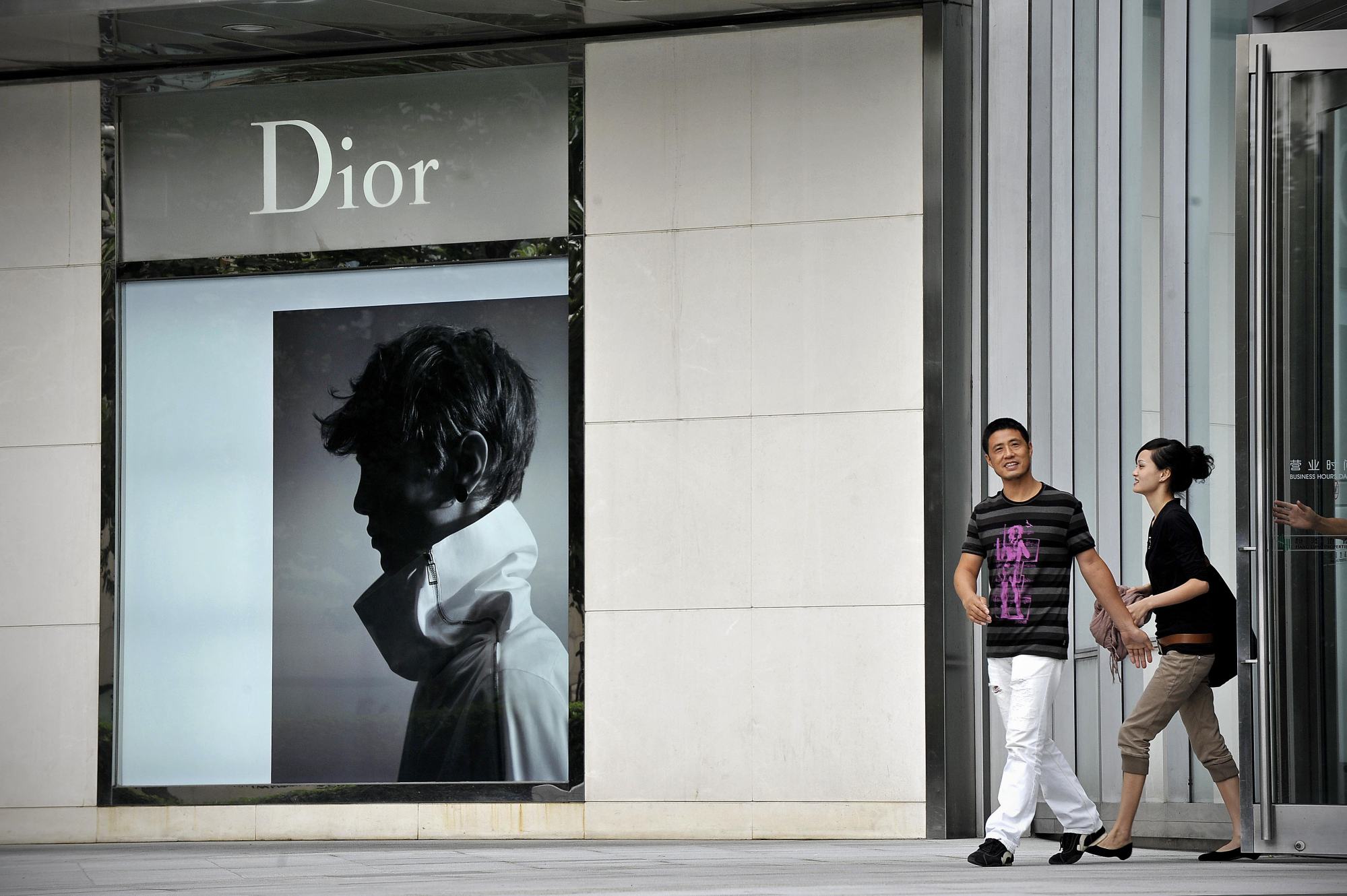
The focus of ultra-high-net-worth consumers in China will be on design details, quality of material and subtlety rather than conspicuousness, Thomaï Serdari, director of the fashion and luxury MBA programme at NYU’s Stern School of Business, said. For this reason, younger brands such as The Row, Goop and Nili Lotan that follow this philosophy could also benefit, she said.

Tech bro bling: 9 watch brands that Silicon Valley millionaires love
And while the average Joe on the street might not be able to identify a US$1,700 Loro Piana cashmere jumper or the brand’s US$600 cap that become one of the ultimate symbols of the quiet luxury trend this year – the elite won’t care.
“You don’t have to show the label. Everyone in their tribe knows what it is. And if you’re not in the tribe, believe me – they’re not trying to impress you,” Pedraza said.

- Hit HBO TV show Succession and celebrities like Gwyneth Paltrow put stealth wealth in the spotlight in the West, then came the inevitable loud luxury response – but not in China
- Chinese shoppers covet a subtle, ‘laoqianfeng’ aesthetic – think classic Louis Vuitton or Dior without the flashy logos – over the more in-your-face ‘xinqianfeng’, new-money look